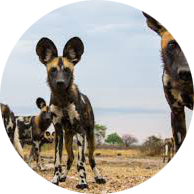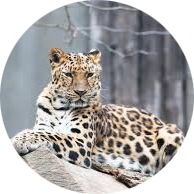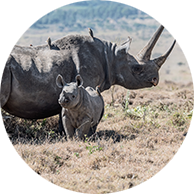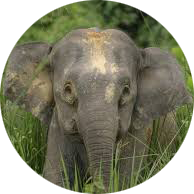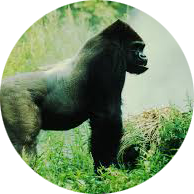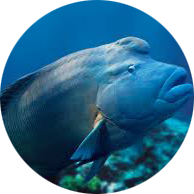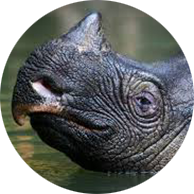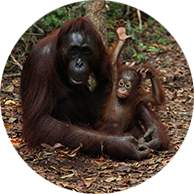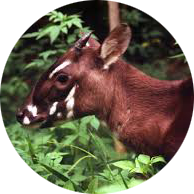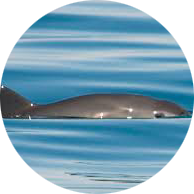Polar bears are not endangered, these are…
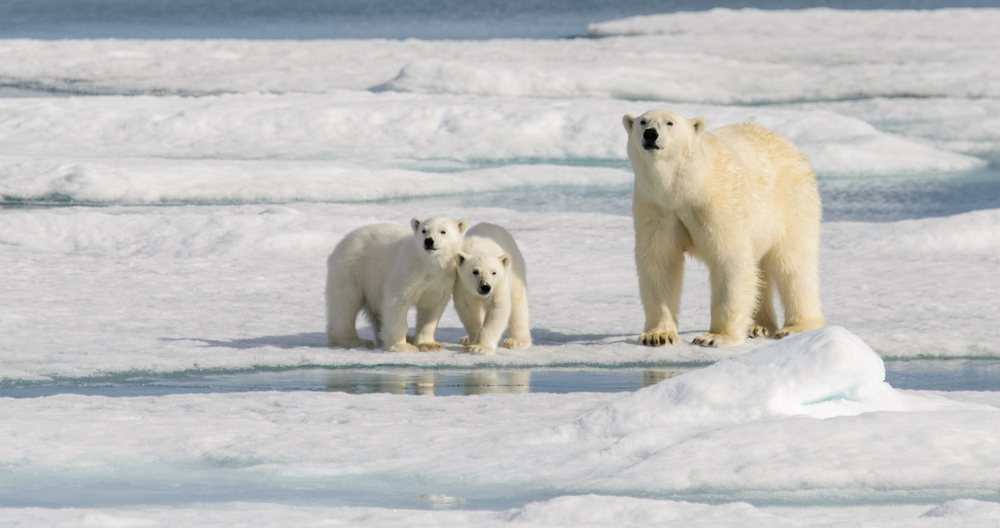
With their cute eyes, fluffy white looking fur, big paws and sometimes clumsy cubs, polar bears have been the face of climate change for years. They have been used in images around the world – one polar bear in particular shot to fame when a photographer captured it looking extremely thin and gaunt for National Geographic. This image exploded with the headline ‘this is what climate change looks like’ but like most news in today’s society, this caption turned out to be misleading. There was no proof that climate change had caused this single polar bear to become so skinny; it was even highlighted by the National Geographical team that it entered the water and swam away with no difficulty.
But even today, sad-looking polar bears with captions such as ‘I am becoming extinct’ and ‘please help me, I’m nearly extinct’ still get shared. The fact is, they are not extinct or even endangered. According to the WWF, Polar Bears are considered “vulnerable” and the population stands at around 21,000 – 31,000 still roaming the northern hemisphere. Below, we take a look at species that could only dream of having such high numbers.
According to the IUCN Red List Index (RLI) of species survival for mammals, birds, amphibians, reef-forming corals and cycads, coral species are moving towards increased extinction risk most rapidly, while amphibians are, on average, the most threatened group.
The scale used to judge whether a species is threatened from climate change, poaching and other factors is fairly simple:

| LC (Least Concern) | Lowest risk; does not qualify for a higher risk category. |
|---|---|
| NT (Near Threatened) | Likely to become endangered in the near future. |
| VU (Vulnerable Species) | High risk of endangerment in the wild. |
| EN (Endangered Species) | High risk of extinction in the wild. |
| CR (Critically Endangered Species) | Extremely high risk of extinction in the wild. |
| EW (Extinct in the Wild) | Known only to survive in captivity, or as a naturalized population outside its historic range. |
| EX (Extinct) | No known living individuals. |
The WWF uses the endangered species standards of the International Union for the Conservation of Nature and Natural Resources (IUCN). On the WWF species list, twenty-nine are endangered (EN) and eighteen are critically endangered (CR).
So, how many have you heard of?
African Dog (EN)Found in Coastal East Africa, the wild dog is one of the world’s most endangered animals. Classed as Endangered (EN), there are only around 1,400 left in the wild. |
|
Amur Leopard (CR)Found in Amur-Heilong, which covers areas of north-eastern China and the Russian Far East, the Amur Leopard is solitary and lives for 10-15 years. The Amur leopard is also known as the Far East Leopard, the Manchurian Leopard or the Korean Leopard and is classed as Critically Endangered (CR), there are around 90 left in the wild. |
|
Black Rhino (CR)Also found in Coastal East Africa, the Black Rhino was on the brink of extinction. Between 1960 and 1995, numbers dropped by 98%. Since then they have made a substantial recovery, even though their horns are still prized on the black market. They are still classed as Critically Endangered (CR) and the current population is around 5,000. |
|
Borneo Pygmy Elephant (EN)Elephants are not just found in Africa, the Borneo Pygmy Elephant is the smallest of Asian elephants, and is found in Borneo and Sumatra. They are classed as Endangered (EN) and only around 1,500 remain. |
|
Cross River Gorilla and the Eastern Lowland Gorilla (CR)Both these gorillas are located in the Congo and both are Critically Endangered (CR). The Cross River Gorilla has a population of just 200 to 300 and the Eastern Lowland Gorilla’s population numbers are unknown. |
|
Galápagos Penguin (EN)The only penguin species found north of the equator and in the Galápagos Islands. They are Endangered (EN) and their population is fewer than 2,000. |
|
Hawksbills Turtle (CR)The Hawksbills Turtle is found throughout the world’s tropical oceans. They help maintain the health of coral reefs and are Critically Endangered (CR), population unknown. |
|
Humphead Wrasse (EN)The Humphead Wrasse is one of those fish that looks surprised to see you. Unfortunately, it isn’t. One of the most expensive reef fishes in the world, it’s prized in Southeast Asia and regularly poached. Currently classed as Endangered (EN), the current population is unknown. |
|
Javan Rhinos (CR)The Javan Rhinos once lived throughout northeast India and Southeast Asia. Vietnam’s last Javan Rhino was poached in 2010. Critically Endangered (CR), it is the most threatened of the five rhino species. Only 58-68 live in Ujung Kulon National Park in Java, Indonesia. |
|
Malayan Tigers (CR)The Malayan Tigers are located on the Malay Peninsula and in the southern tip of Thailand. Logging operations and road development are the biggest threat to these tigers. Classed as Critically Endangered (CR), there are only around 250-340 left. |
|
Orangutans (CR)There are several types of Orangutan. The ones here are from Southeast Asia and are all Critically Endangered (CR) with the Bornean Orangutan population around 104,000, the Sumatran population around 13,000 and the Tapanuli at an extremely low 800. |
|
Saola (CR)One of the world’s most elusive animals, Saola are located on the border between Laos and Vietnam in dense forests, classed as Critically Endangered (CR) and have an unknown population with estimates from 12 – 200. There have only ever been 4 scientifically documented sightings. |
|
Vaquita (CR)Located in the Gulf of California, the Vaquita is classed as the world’s rarest marine animal. It was not discovered until 1958 and being Critically Endangered (CR), there are only 30 left. |
|
All animals are important to the eco-systems that they live in, but it is time we moved beyond the polar bear and just climate change.
These animals and many more around the world are not just affected by climate change but by other factors too: energy production and mining; tourism and recreation areas; oil and gas drilling; biological resource use; shipping lanes; hunting and trapping; human intrusions and disturbance; invasive and other problematic species; genes and diseases… the list goes on!


